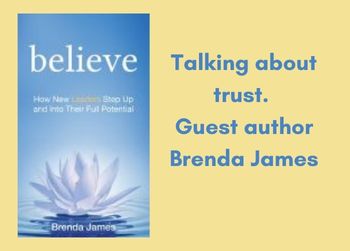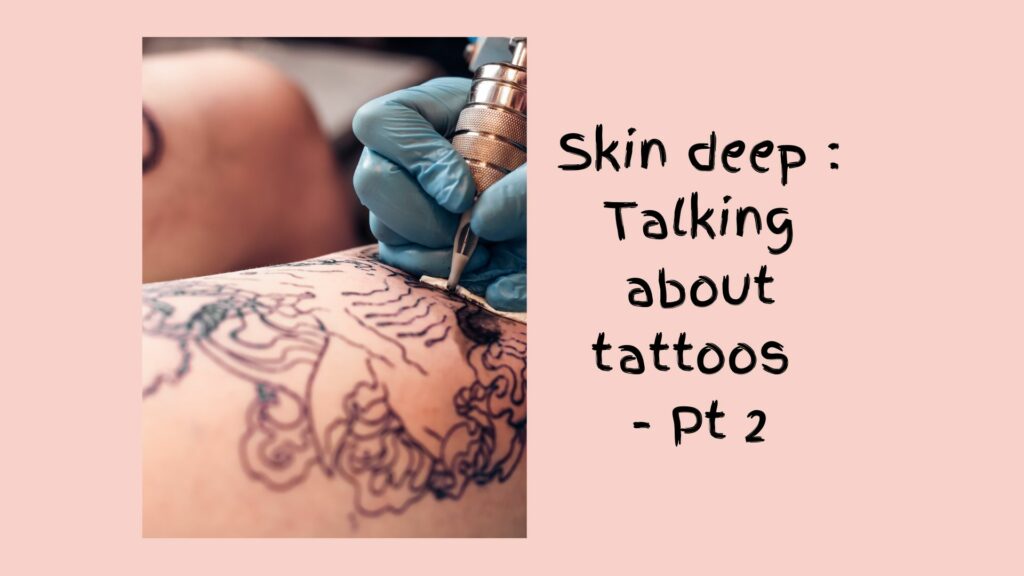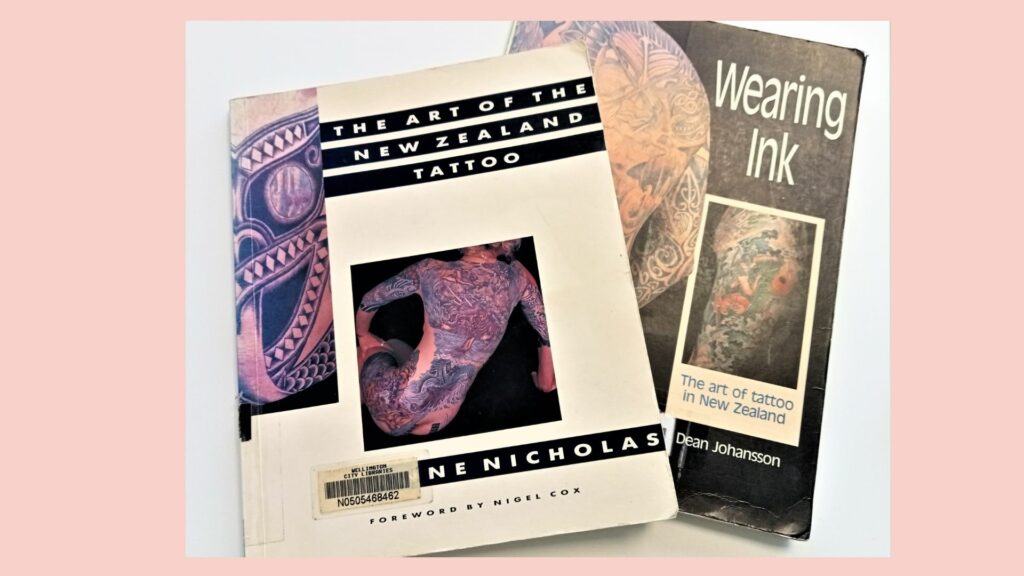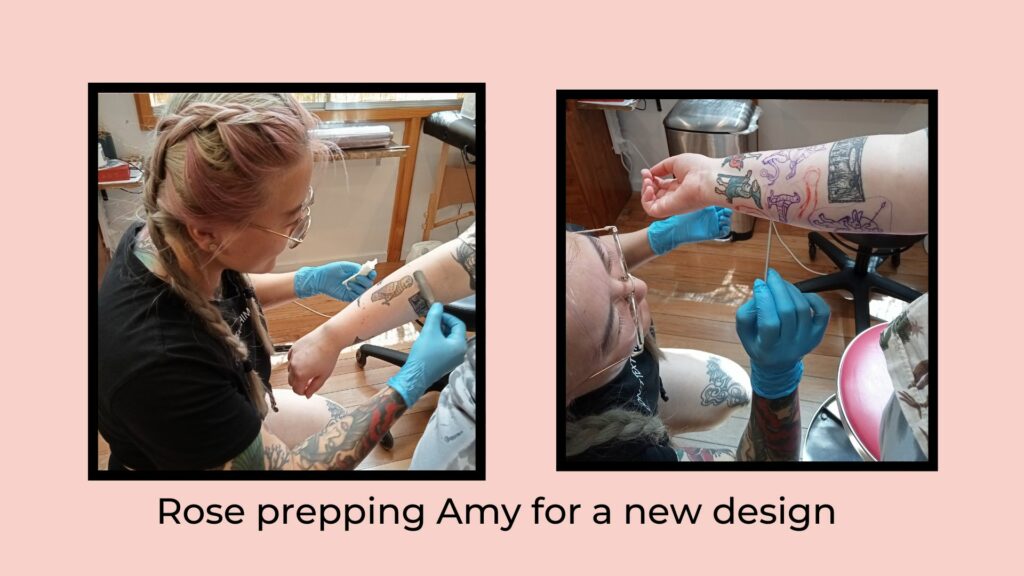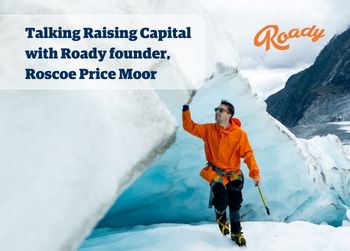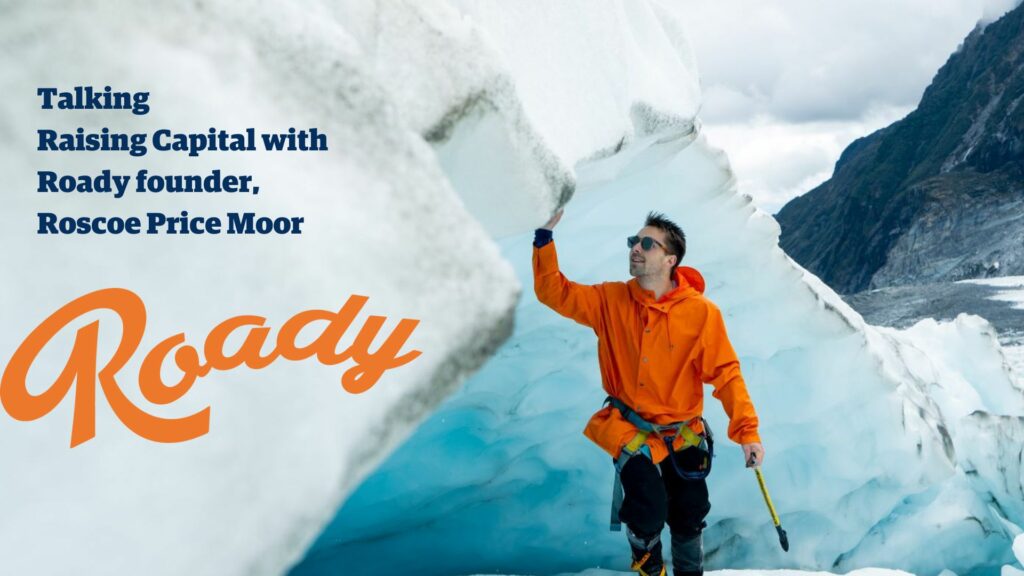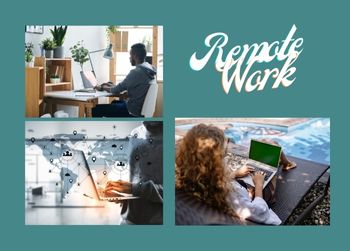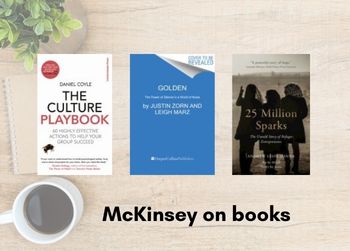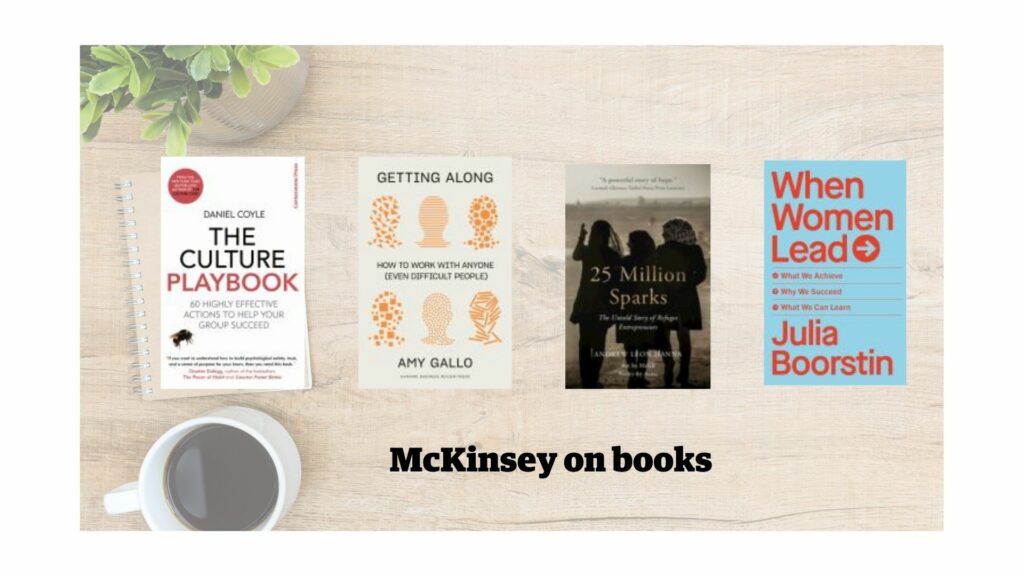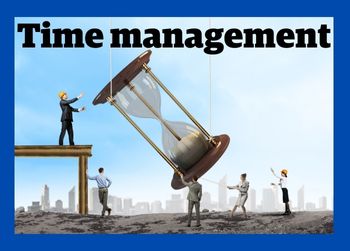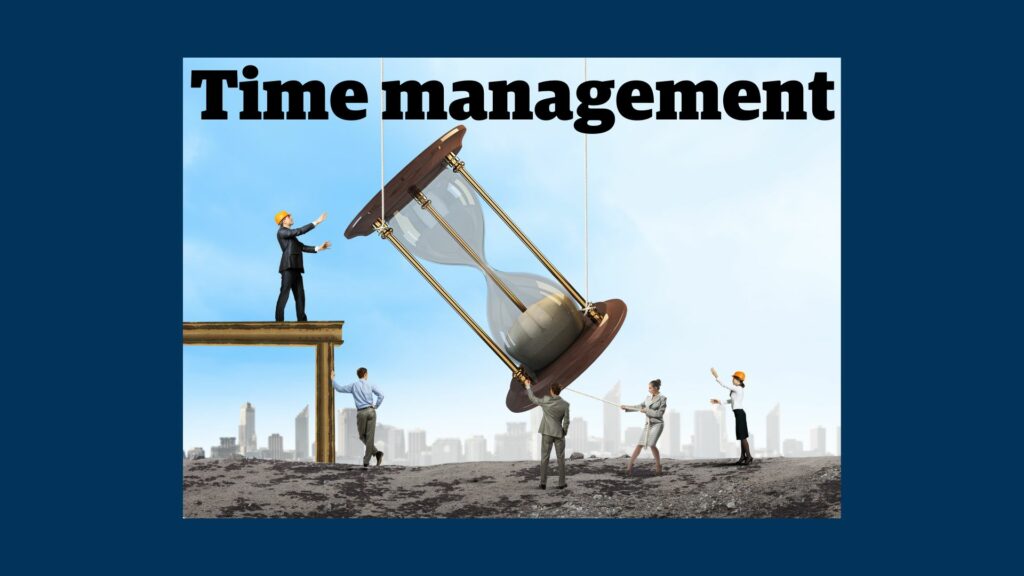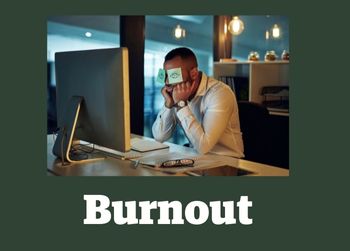The blog piece below has been republished with kind permission of author Brenda James. Brenda is a Leadership and Career Development Specialist with 20 years’ experience in recruitment, coaching and HR.

With all of us facing a tidal wave of change right now and the requirement to be more agile than ever, trust is high on the list of competencies needed in our leaders. It is the one thing that changes everything. Trust is like a rising tide; it lifts every boat. It makes every other thing we are trying to do better.
It doesn’t matter how capable or talented your people are, they may never reach their full potential if trust isn’t present. But with trust, teams can accomplish everything they set out to do… and more.
DISTRUST IS CONTAGIOUS, BUT THANKFULLY, SO IS TRUST
In its 2016 global CEO survey, PwC reported that 55% of CEOs think that a lack of trust is a threat to their organisation’s growth. But many have done little to increase trust, mainly because they aren’t sure where to start.
Stephen Covey, author of The Speed of Trust says, “trust is the new currency”. He is talking about trust in teams and being trusted as a leader. We are often reminding leaders that to be trusted, one must be trustworthy.
As Harold Macmillan said, “A man who trusts nobody is apt to be the kind of man nobody trusts.”
TRUST LEADS TO HEALTHY CONFLICT
The absence of trust occurs when team members are reluctant to be vulnerable with one another, and are often unwilling to admit their mistakes, acknowledge their weaknesses or ask for help. Trust is critical because without it, teams are unlikely to engage in unfiltered, passionate debate about key issues.
In our work with leaders in the architectural industry, we see avoidance of healthy conflict within teams frequently, yet it’s been proven that innovation and creativity flourishes when there is a collision of differences in an environment of trust. We won’t innovate when we are not willing to take a risk. Where there is high trust, it encourages high risk taking and trust is the agent that makes synergy happen.
So, how can you be the catalyst to bring an upward spiral of trust in your team?
LEAD BY EXAMPLE
If you want to build trust within your team, then lead by example and show your people that you trust others. This means trusting your team, your colleagues, and your boss. Never forget that your team members are always watching and taking cues from you – take the opportunity to show them what trust in others really looks like.
DON’T PLACE BLAME
When people work together, honest mistakes and disappointments happen, and it’s easy to outwardly place blame. However, when everyone starts pointing fingers, an unpleasant atmosphere can quickly develop. This lowers morale, undermines trust, and is ultimately unproductive.
Instead, encourage everyone in your team to think about the mistake in a constructive way. What can you all do to fix what happened, and move forward together? And how can you make sure that this mistake doesn’t happen again? Focus on lessons learned, not who to blame.
KNOW EACH OTHER PERSONALLY
One fast way to build trust is to encourage your team members to see their colleagues as people. Think about creating situations that help them to share personal stories and to bond. It is amazing how little some team members know about one another, and how just a small amount of information begins to break down barriers.
Here is an exercise we have teams do, found in Patrick Lencioni’s book, The Advantage. Note: Use your own best judgment when asking team members or colleagues personal questions – don’t invade their privacy.
Personal History Exercise
This low-risk exercise requires nothing more than going around the table during a meeting and having team members answer a short list of questions about themselves.
Questions
Where were you born?
How many siblings do you have?
What is one challenging event from your childhood?
Alternatively, you could ask about
Favourite hobbies
First job
Worst job
By describing these relatively innocent attributes or experiences, team members begin to relate to one another on a more personal basis and see one another as human beings with life stories and interesting backgrounds.
This encourages greater empathy and understanding and discourages unfair and inaccurate behavioural attributions.
FINAL WORD
Trust changes everything, not in small incremental ways, but in profound ways, so it is worth every piece of energy you invest into developing trust within your team.
As a leader, it’s important that you set an example. Show your team members how critical trust is to you by demonstrating your trust in them, as well as in your colleagues.
It is well worth your time investment to pause, check-in, and think about what you are doing to build trust within your own team. It is the one thing that changes everything.
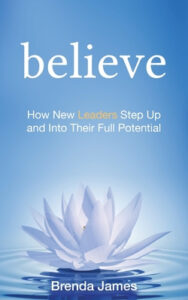
Believe : how new leaders step up and into their full potential / James, Brenda
“Why should others believe in your leadership if you don’t believe in yourself? No matter where or when you start to experience a dent in your self-belief, once it is triggered and activated, your outlook changes. You see everything through blurred lenses. You constantly look for evidence that you are not quick enough, deserving enough or smart enough. And, of course, you always find it. But what happens if your uncertainty is so high that it’s impacting your performance? Or your team’s culture and output? Or worse, your relationship with yourself? Believing in yourself is the remedy. But how do you tangibly develop this? Ask yourself: Is now your time to move from a place of insignificance and struggle? Is now your time to thrive and fulfil your potential? Is now your time to make an impact? In Believe, author Brenda James guides you to take a deep but safe dive inward. Chapter by chapter, through a method of introspection, you are encouraged to take simple action steps and embrace tools to help illuminate all the reasons why you should believe in yourself as a leader. Embrace the process and let its wisdom equip you with one of the key fundamentals of leadership – self-belief. Come on an inspiring journey that will fill your heart with possibility. Immediately – and forever.” – back cover” (Catalogue)
Other resources on the subject of Trust and leadership within the Wellington City Libraries collection include :
The trusted leader : bringing out the best in your people and your company / Galford, Robert M.
“Based on highly specific research and experience that covers a wide spectrum of managers and organizations, The Trusted Leader identifies the three critical types of trust that leaders need to master: strategic trust, organizational trust, and personal trust. It introduces a practical and effective formula for building organizational confidence, and provides a unique analysis of the obstacles to trust and the sources of resistance to the building of trust inside organizations. Through a series of interactive exercises, executives will learn how to determine where trust is missing and how it can be supplemented in people, departments, and even whole companies. Perhaps most timely are the book’s series of diagnostic tools and skills that help executives rebuild trust that has been broken or betrayed.”–BOOK JACKET.” (Catalogue)
The agile culture : leading through trust and ownership / Pixton, Pollyanna
“Many books talk about the importance of culture to agile success. The Agile Culture shows the reader how to make the specific culture changes needed for agile success. The authors provide proven tools and models for moving from “date-driven, internally-focused” cultures to “value-driven, customer-focused” cultures where agile can thrive and flourish. They offer clear rationales for using each tool, demonstrate it at work, present relevant case studies and examples, define expected outcomes, and show how to measure success. Using these techniques, students will learn to achieve the results promised by agile: a culture of continuous innovation, transparency, and trust.” (Catalogue)
Breaking the trust barrier : how leaders close the gaps for high performance / Venable, JV
“For former US Airforce Thunderbirds’ commander and demonstration leader JV Venable, inspiring teamwork was literally a matter of life and death. On maneuvers the distance between jets was just 18 inches. Closing the gaps to sustain that kind of separation requires the highest levels of trust. On the ground or in the air, from line supervisor to CEO, we all face the same challenge. Our job is to entice those we lead to close the gaps that slow the whole team down – gaps in commitment, loyalty, and trust. Every bit of closure requires your people to let go of biases and mental safeguards that hold them back. The process the Thunderbirds use to break that barrier and craft the highest levels of trust on a team with an annual turnover of 50% is nothing short of phenomenal. That process is packaged in this book with tips and compelling stories that will help you build the team of a lifetime.” (Catalogue)
Simple truths of leadership : 52 ways to be a servant leader and build trust / Blanchard, Kenneth H
“Leadership legend Ken Blanchard teams up with Randy Conley to share the most essential lessons on servant leadership and building trust from the heart of his leadership model. Effective leadership comes down to implementing everyday, commonsense practices to help organizations thrive-and yet so many leaders are still missing these fundamental principles from their personal and professional lives. Renowned business experts Ken Blanchard and Randy Conley disclose the simple truths about leadership they have gathered over their long and distinguished careers to help bring common sense into common practice. Featuring two sections -servant leadership and building trust -this book is a collection of Blanchard’s greatest hits. It is chock-full of profound and memorable (and in some cases counterintuitive) leadership wisdom, such as: Create autonomy through boundaries; People who plan the battle rarely battle the plan; A relationship with no trust is like a cell phone with no internet;. All you can do is play games; The most important part of leadership is what happens when you’re not there. This book will help readers incorporate these integral practices into their leadership style, build trust through servant leadership, and make a difference in their own life and the lives of those they influence”– Provided by publisher.” (Catalogue)
If you need more information please contact the Prosearch team at the library. We can help you find information across a range of perspectives and resources. All enquiries are treated in confidence.


